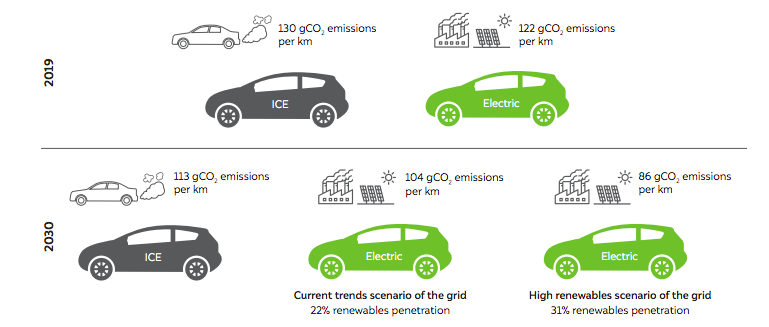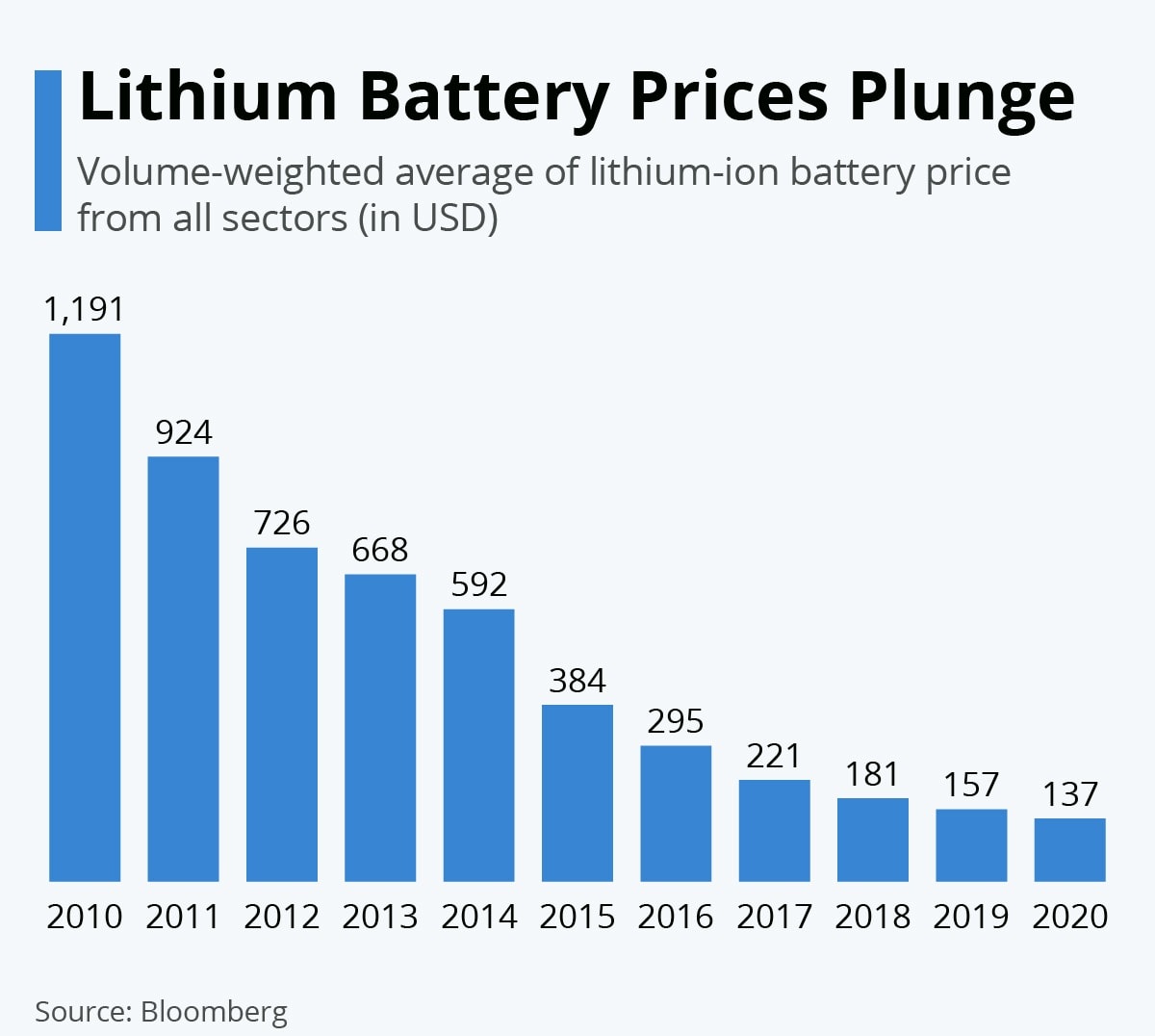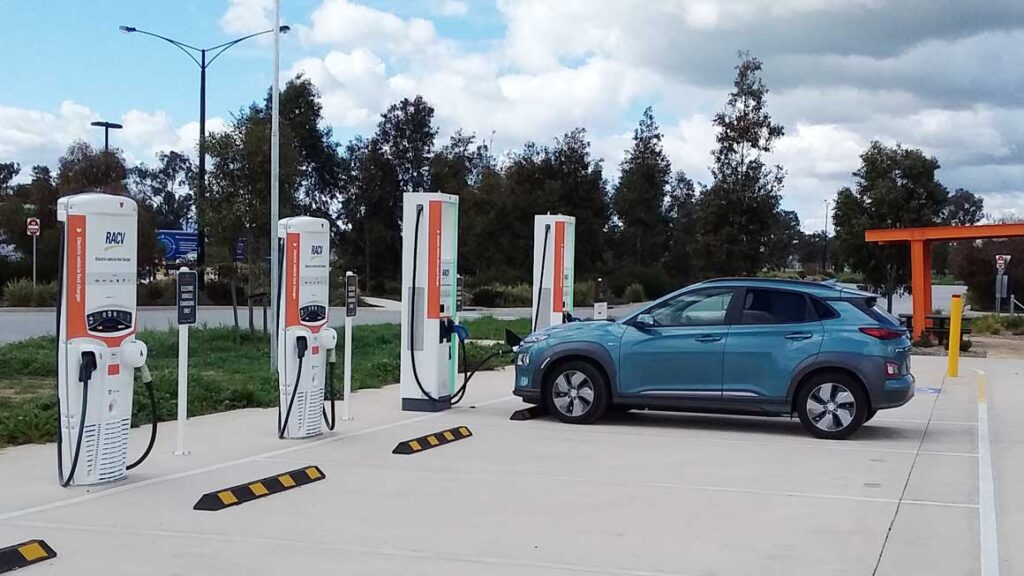The world is changing at an incredible rate. As new technical interventions are made every month, many sectors in a variety of verticals are experiencing significant growth. Transportation is one of the industries that is taking advantage of these digital transformations in a variety of ways.
Due to favorable government legislation and growing customer environmental awareness, electric car demand is expected to develop substantially over the next 20 years.
The electric vehicle (EV) revolution is gaining traction, but without the necessary infrastructure and technology, it may become unsustainable. Visions of a brighter, more cheerful world have evolved in recent years as we transition from fossil fuels to pure electricity.
With over 900 million vehicles on the road, transportation is one of the biggest sources of greenhouse gas emissions from fuel usage. This problem has been solved by sharing and public transportation, but drastic measures will be required to improve the overall image.

Between 2013 and 2018, the number of plug-in car registrations increased by over 160,000, demonstrating that demand for electric vehicles is growing. This opens a lot of possibilities.
Electric vehicles have the ability to drastically cut air pollution as well as greenhouse gas emissions. Simply plugging in your electric car for a few hours can supply enough energy to keep it running for a day. Electric vehicles can also help to reduce crude oil dependence and use, as well as pollution, greenhouse gas emissions, and other environmental issues.
Although electric vehicles have been on the market for a long time, there has been little general adoption of the technology. Passing claims, as well as concerns, are big roadblocks to adopting an EV lifestyle. Many clients who come to EVS will buy electric cars and use internal combustion engines at the same time. However, as electric cars become more popular, drivers may wish to go longer distances, necessitating more public assignments. Taking the highway and main route will almost certainly result in a longer journey.
The Tesla supercharger is one example. BP and National Grid are also considering fast-charging centers. There are also plans to create outdoor charging stations.”
According to the latest projection from the International Energy Agency, electric vehicles will be on the road in India by 2030, with the number of electric vehicles increasing from 3 million today to 125 million by 2030.

In India, any discussion of electric vehicles must include pollution and its implications, dependency on imported oil, and the urgent need for more renewable energy sources. If the car industry perceived it as an opportunity rather than a threat, it would benefit.
No discussion of electric vehicles in India can be separated from issues of pollution and its implications, oil import dependency, and the urgent need for more renewable energy sources. The auto industry will benefit if this is viewed as an opportunity rather than a threat.
EVs are currently trapped in the classic vicious circle of high cost, low demand, and short supply, resulting in limited adoption. This must be transformed into a virtuous cycle of cheap cost, high demand, and plentiful supply.
India will also be heavily reliant on government aid. While increased demand may help in the near run, others believe that battery prices will fall in the next five to six years while ICE car prices would rise. Emission enhancement legislation allows EVs to generate intrinsic economic benefits and remain competitive even without incentives.

Three important stakeholders, in addition to end-users or customers, could play a key role in India’s EV transition.
Government: By setting rules for emissions and fuel efficiency, clarifying aspirations, strategic intent, and direction, and reviewing incentives and subsidies, we can support the adoption of electric vehicles and focus on developing a supporting ecosystem.
Electricity, fuel, and charging infrastructure companies: Lay the foundation for support, transform business models (e.g. renting batteries, replacing infrastructure, deploying fast chargers), realize the economics of (quick) charging infrastructure, ensuring reliable power supply and grid stability, quick and easy It can provide charging and encourage adoption of electric vehicles.
Automotive: By reshaping product and component mix, enabling EV components and vehicles, building the right talent pool and technology, improving battery and EV performance, and scaling, the industry can contribute to EV innovation in India.
The Newage EV also includes a number of features targeted at enhancing passenger, driver, and vehicle safety. Electric vehicles with smart features like geofencing and GPS that can quickly and accurately determine a vehicle’s location are becoming more common, especially in countries where women’s safety is a top priority, such as India.
Electric vehicles may employ the technology to give smart speeding alarms, as well as reminders for timely insurance payments and routine maintenance appointments.
In India, mobility will become a necessity rather than a luxury. Because pollution levels are at an all-time high, and clean energy sources and transmission are the only solutions. As a result, electric vehicles are a necessity for transportation.





